Hello again. Long-time no review. I’ve been reading a lot of comics, though. That, I have been doing. Here are some of them.
Final Crisis: Rogues’ Revenge #1
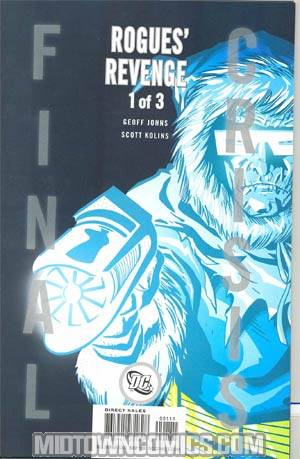
FC: RR was up there with Legion of Three Worlds and Requiem as the minis I wasn’t particularly excited for. I’m not a big fan of Geoff Johns at all. Still, I enjoyed Rogue War alright from his Flash run, and the I have generally enjoyed his take on the Rogues in general. Given all that they’ve been through lately, I thought it would be interesting to see how this has changed them all.
Rogues’ Revenge turned out to be pretty well-handled all around. The art is average, but Johns’ characterization of the Rogues is rock-solid as always as we see them ready to retire, turning down the offer of Libra’s Secret Society in favor of retirement and a life outside the public eye. An inciting event keeps them in costume, of course, and sets them on a collision course with Professor Zoom and Inertia and, I suspect, Wally and Barry. The issue doesn’t have a lot of twists and turns, but it’s solid set-up for a mini-series, and I hope that the next issues live up to this one.
Grade: B+
Madame Xanadu #1-2
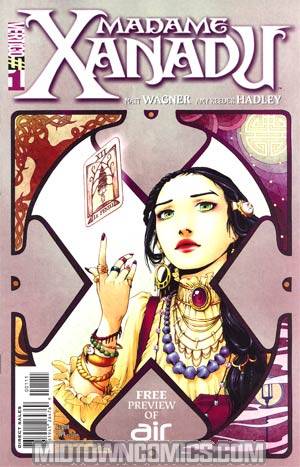
Madame Xanadu is one of Vertigo’s newest books, the first using mainstream DC characters in quite some time, as it tells the origin of characters like Madame Xanadu, The Demon Etrigan, and (okay, not the origin, but early uses of) the Phantom Stranger. The book, beginning at the twilight of Camelot, is okay – but nothing special. And that’s the key phrase when describing the book so far. Nothing special. The art is solid, the writing is solid, the story is solid, but nothing stands out as particularly worth it, especially when we’ve already gotten a much more impressive ‘fall of Camelot’ in Seven Soldiers: Shining Knight.
Ultimately, the story tries to have a few twists. Nimue – who we are led to believe will become Madame Xanadu – did not betray Merlin, but instead was a pawn in the evil, maniacal manipulations of a mad mage as he tried to gain immortality. But the changes ring hollow, made, seemingly, to make us more sympathetic to Nimue. And if you have to change the myth so completely to make us sympathetic to a character, why use that myth in the first place? Beginning Madame Xanadu at the fall of Camelot was an interesting choice, but so far, not one that has had any sort of pay-off within the story. I’m hoping it does in future issues, though, because Madame Xanadu only has one issue left to impress me.
Grade: B-
Captain Britain and MI:13 #1-3
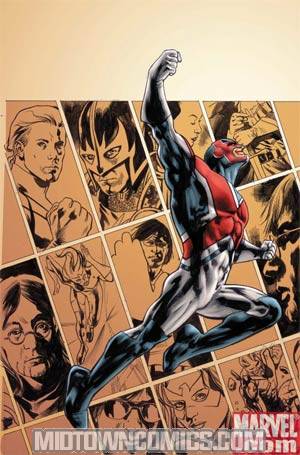
Now THIS is what a tie-in should be like. This has nothing to do with the main story – but it could. If the heroes here fail, then it will completely change the main battlefield over in the American-based books. This isn’t just an extension of that story – you don’t have to be reading this, there aren’t any HUGE REVEALS, and this isn’t where the back-story is. It is, however, an entertaining and well-illustrated book dealing with interesting characters stuck in a terrible situation.
When it comes to Secret Invasion, for me, this is the place to be.
Grade: B+
Ambush Bug: Year None #1
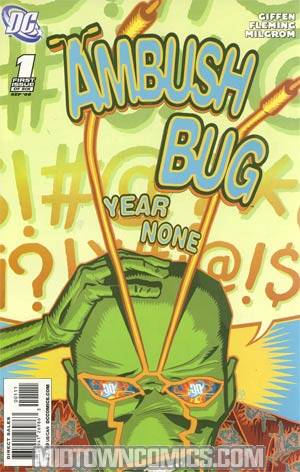
Ambush Bug is another Keith Giffen project created long ago to satirize the industry and long-since forgotten. This book is Giffen’s way of mocking the recent grimness of the DC Universe, the pomp of their SUPER HUGE EVENTS, and certain trends in modern comics. While parts of it are genuinely hilarious and clever satire of the industry – the main story of the issue is the murder of Jonni DC (DC’s oft-ignored kids line is called Johnny DC, and comics are becoming more and more violent), there are a number of small, clever touches, such as a few fourth wall breaking moments, Ambush Bug’s part in Identity Crisis, and just try and count how many dead women litter the pages of the comic. But, in the end, it’s just trying too hard to be funny, going for the easy laugh as often as not. It’s like modern Saturday Night Live – it strikes solid gold every so often, but you have to slog through the mediocrity to get there.
Grade: C+
Wonder Woman #22
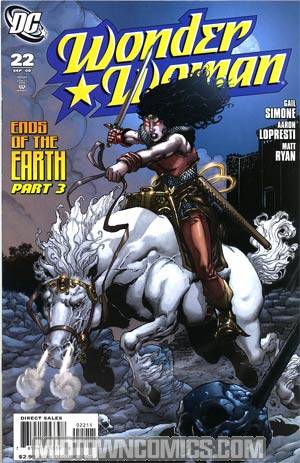
The penultimate chapter in the current Wonder Woman arc, this one definitely picks up the pace as we finally meet Wonder Woman’s nemesis here, a extra-universal devil who has been demolishing planets and universes. Stranded from her allies, betrayed, the arc features a few twists, but more than that, it features a few great moments between Stalker and Wonder Woman. The issue is funny, exciting, and just a little dark. All-around solid.
Grade: B+
The Immortal Iron Fist: The Seven Capital Cities of Heaven
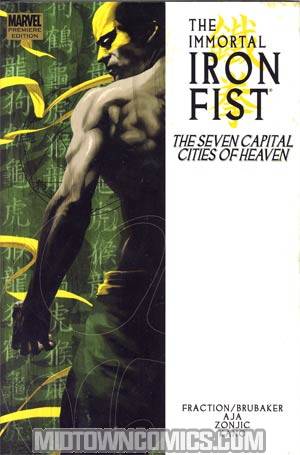
All I can say is, David Aja might be one of the best artists in the industry today when it comes to action scenes, but he’s also a solid all-around talent, one well worth watching. And teaming him up with Matt Fraction? That’s a match made in heaven, as the first arc, The Last Iron Fist Story, proved. This, the second arc on the series, isn’t quite as good as the first one, largely due to a sad lack of focus – and an even sadder lack of awesome ass-kickery. I had hoped to see a little more of the tournament than we did, but what we got was solid gold, and the main story-line of a revolution in heaven was equally well-handled.
Easily, the weakest part of the trade was the Immortal Iron Fist Annual #1 put right in the middle. While the story it contains is certainly important, the art was an extreme departure from Aja’s quality work that came off stiff and wooden – which certainly hurts action books. The story was long, and while it’s always great to see Orson again, this was the weak link.
Still, when the cards are down, Immortal Iron Fist offers unparalleled action, great banter, amazing panel layout (you know it’s either really good or really bad when you have to stop and notice it), and an excellent supporting cast. If any of you aren’t reading this, you should be.
Grade: A-






